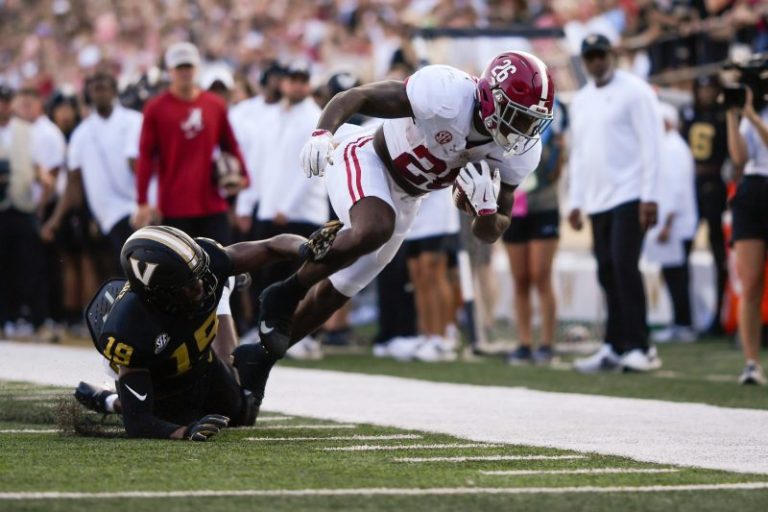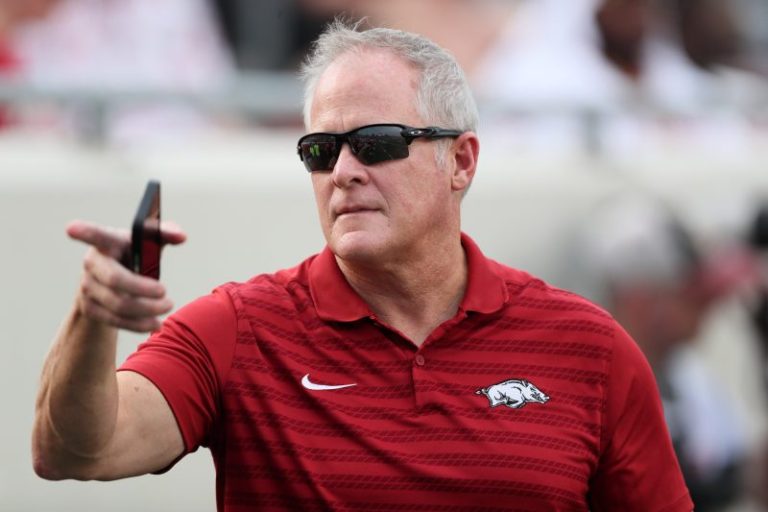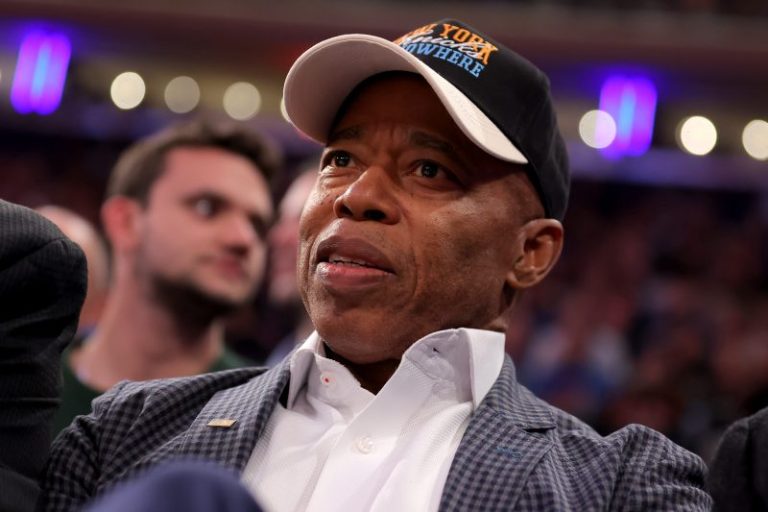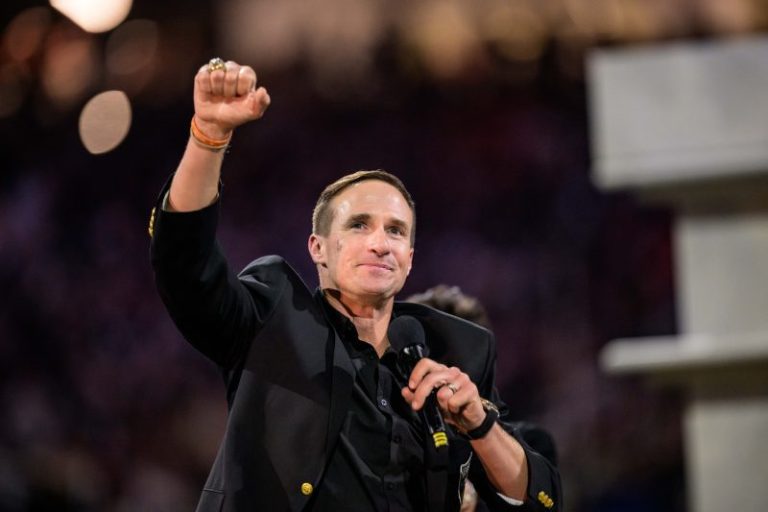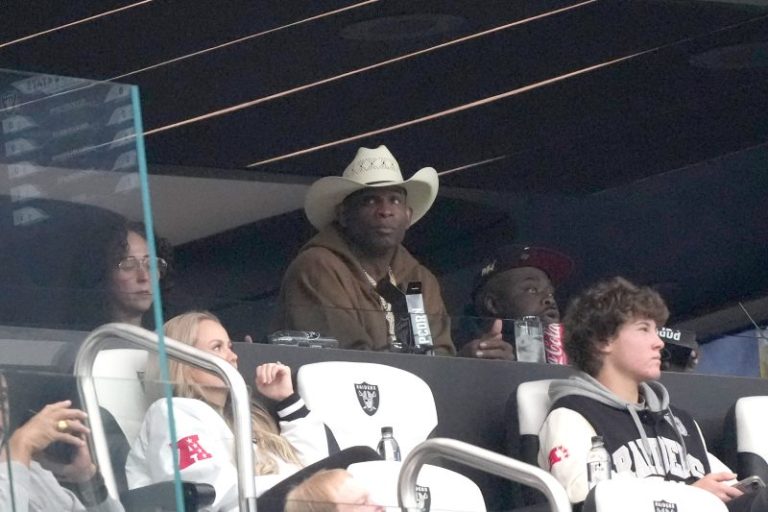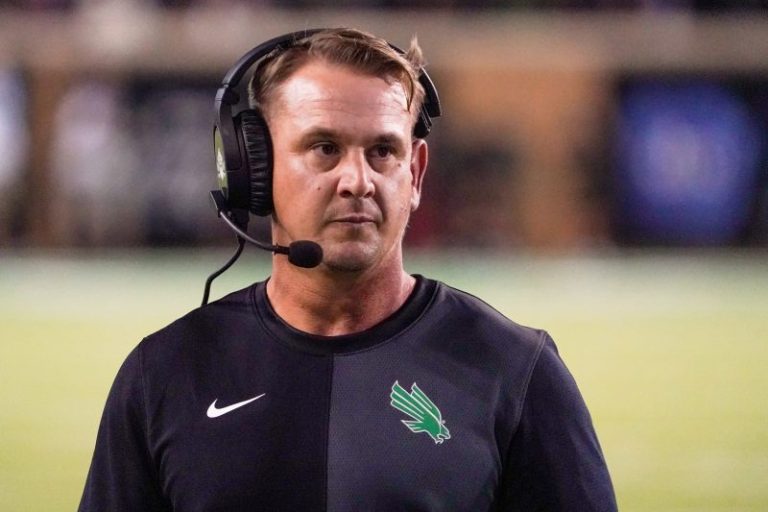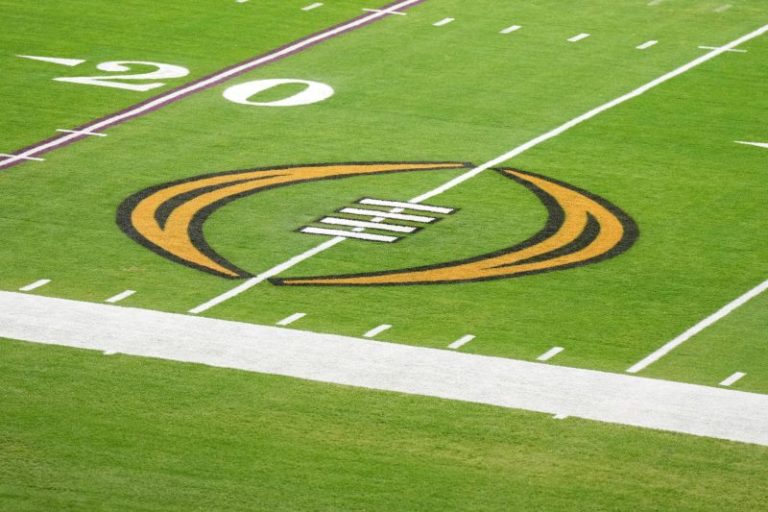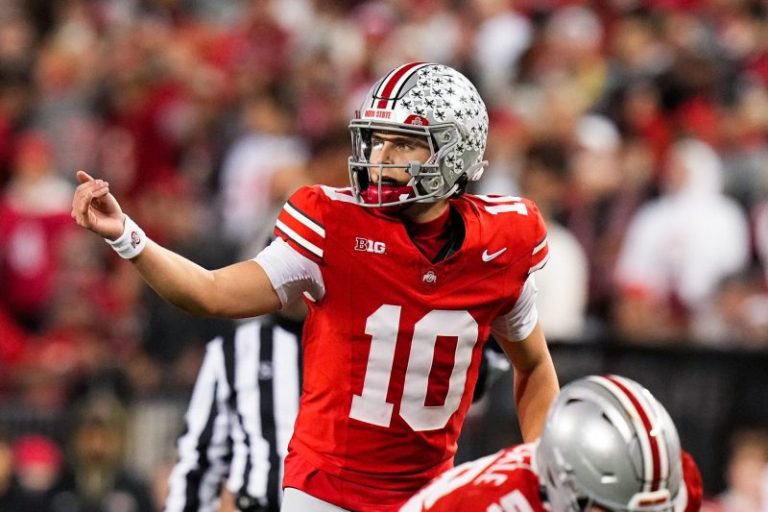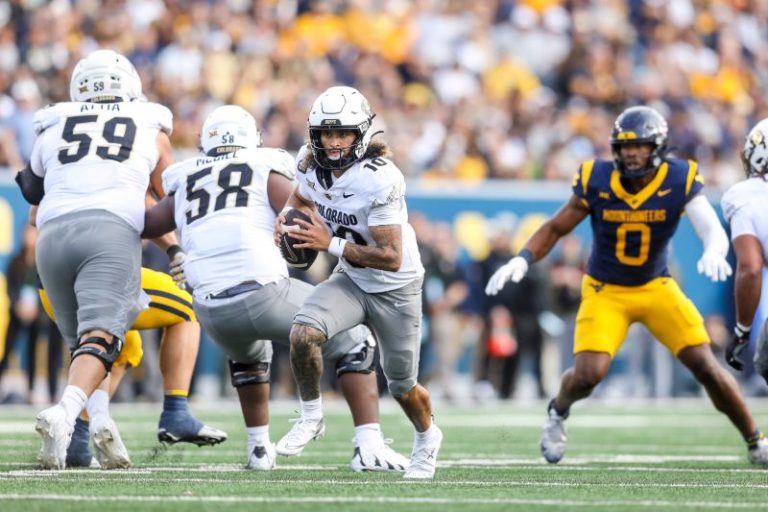When all the top teams in the win or don’t play, there isn’t much mystery about the next College Football Playoff rankings release. But that doesn’t mean there wasn’t some things worth noting in the fourth reveal of the season after an uneventful Week 13.
First, let’s start with the obvious. Ohio State retained its position at No. 1 ahead of its matchup with Michigan. The Buckeyes must win to guarantee a spot in the Big Ten title game with the likely opponent being No. 2 Indiana, which has held that spot since the first rankings.
Texas A&M, the other remaining Bowl Subdivision unbeaten, remains third followed by Georgia and Texas Tech. The Aggies can lock up a spot in the SEC title game with a defeat of Texas.
The second part of the top 10 had one change. This group has some danger ahead of Week 14. No. 6 Oregon – up one spot – faces a tricky test at Washington. No. 7 Mississippi, which drops one spot, heads to rival Mississippi State and Oklahoma is eighth and must finish off its SEC gauntlet by beating LSU. Notre Dame and Alabama occupy the last two spots for at-large teams with the Crimson Tide also going on the road against its biggest rival – Auburn.
Lurking outside the top 10 are the next five of Brigham Young, Miami, Utah, Vanderbilt and Michigan. The Cougars can still control their destiny by winning the Big 12 while the others are poised to potentially join the field with some help in the final two weekends. It’s notable the Hurricanes are three spots behind Notre Dame – a team that they beat in the opener. A win against No. 22 Pittsburgh could boost Miami closer and possibly knock out the Fighting Irish.
There is more definition among how things stack up in the race for the automatic bid going to one champion of the Group of Five conferences. Tulane was the only team among the contenders ranked last week, and the Green Wave remained at No. 24. Nobody else joined them.
Tulane and North Texas will play for the American Conference title if both win this weekend, which would likely mean unranked James Madison is out of the picture without one of those teams losing. The Dukes will not face a ranked opponent in the Sun Belt title game.
The ranking is the fourth of five Thursday releases by the committee. The next one will come Dec. 2 after Week 14. The College Football Playoff field is revealed in the final ranking on Sunday, Dec. 7.
CFP rankings Top 25
Ohio State (11-0)
Indiana (11-0)
Texas A&M (11-0)
Georgia (10-1)
Texas Tech (10-1)
Oregon (10-1)
Mississippi (10-1)
Oklahoma (9-2)
Notre Dame (9-2)
Alabama (9-2)
Brigham Young (10-1)
Miami (9-2)
Utah (9-2)
Vanderbilt (9-2)
Michigan (9-2)
Texas (8-3)
Southern California (8-3)
Virginia (9-2)
Tennessee (8-3)
Arizona State (8-3)
SMU (8-3)
Pittsburgh (8-3)
Georgia Tech (9-2)
Tulane (9-2)
Arizona (8-3)
How the College Football Playoff would look based on rankings
First round
No. 12 Tulane at No. 5 Texas Tech
No. 11 Miami at No. 6 Oregon
No. 10 Alabama at No. 7 Mississippi
No. 9 Notre Dame at No. 8 Oklahoma
Quarterfinals
No. 4 Georgia vs. Tulane-Texas Tech winner
No. 3 Texas A&M vs. Miami-Oregon winner
No. 2 Indiana vs. Alabama-Mississippi winner
No. 1 Ohio State vs. Notre Dame-Oklahoma winner
What is the College Football Playoff schedule?
The schedule for first-round games taking place on campus sites will see No. 5 hosting No. 12, No. 6 facing No. 11, No. 7 meeting No. 10 and No. 8 squaring off with No. 9.
Winners of those games will advance to the quarterfinals with the Cotton Bowl hosting its matchup on Dec. 31. The other three games of the round will be played Jan. 1 with the Orange Bowl starting the day followed by the Rose Bowl and Sugar Bowl. The Fiesta Bowl and Peach Bowl will host the semifinals on Jan. 8 and Jan. 9, respectively.
The championship game will be played on Jan. 19 in Miami Gardens, Florida, at Hard Rock Stadium.

